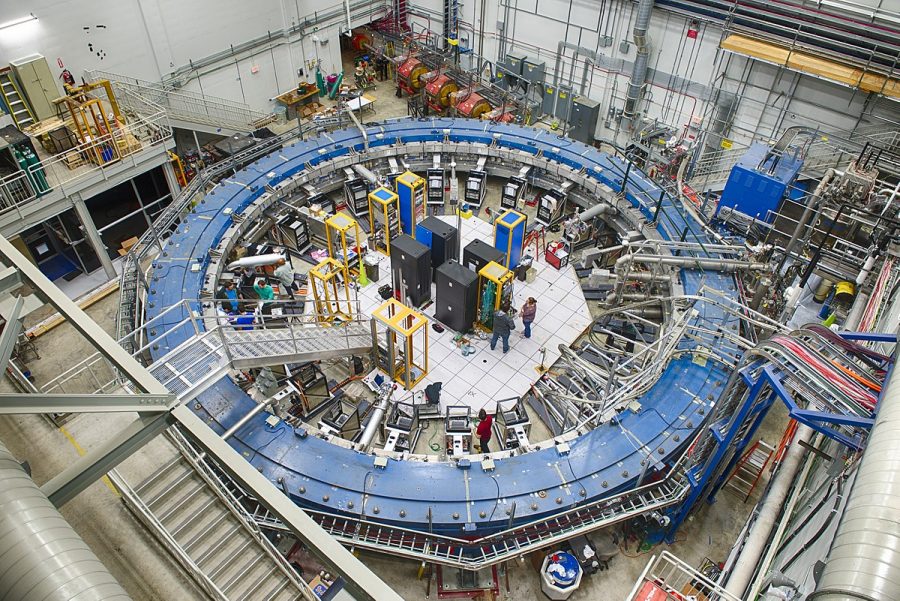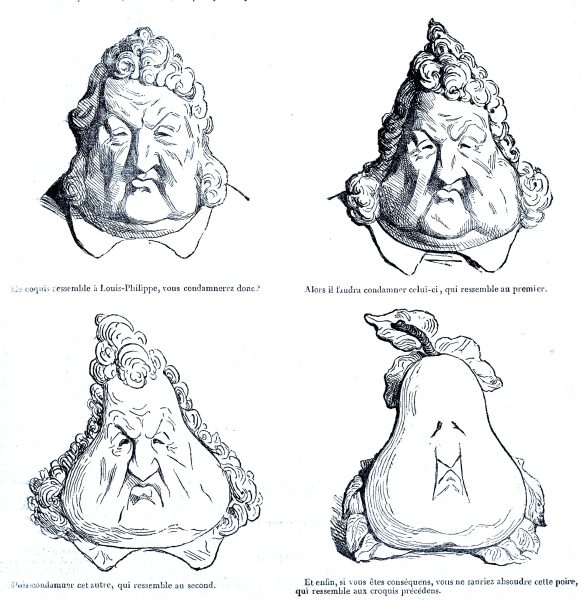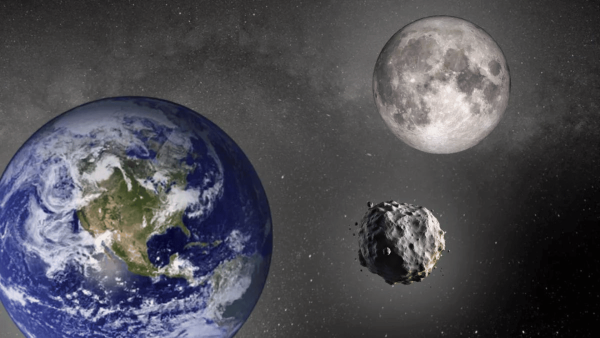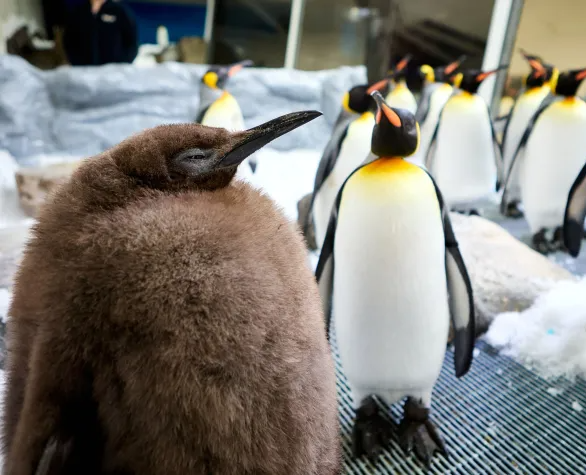Scientists discover game-changing subatomic particle
In a milestone of an experiment just this past week, scientists were able to discover a subatomic particle that disobeyed one of physics most proofed theories, the Standard Model of Particle Physics. This basis of equations explains the most basic building blocks of our universe, which are known as particles called quarks (they are made up of protons and neutrons) and leptons ( these consist of electrons only) that make up all known matter. Until recently, there were a total of 17 fundamental particles. However, scientists in Illinois beg to differ.
This past Wednesday, a seminar took place where researchers from Fermilab in Batavia, Illinois, announced the first results from the legendary 1959 Muon g-2 experiment. Since 2018, the experiment has discovered a particle known as the muon, the heavier sibling of the electron discovered in the 1930s.
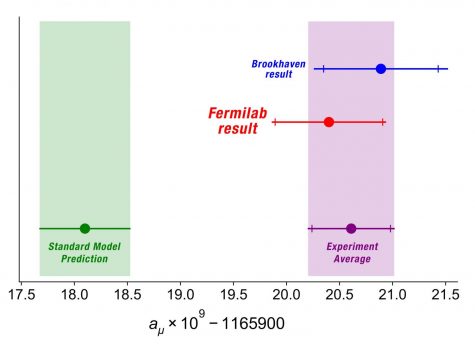
Similar to the electron, muons have a negative electric charge and contain a quantum property known as a spin. This causes particles to act as tiny spinning tops once placed in a magnetic field. The stronger the magnetic field, the faster the muon wobbles.
Relating back to the Standard Model, which was developed in the 1970s, it first predicted a muon’s wobbling frequency with the utmost accuracy. However, in 2001, the Brookhaven National Laboratory in Upton, New York, discovered that muons seemed to wobble faster than the Standard Model’s prediction.
Now, in 2021, Femilab created an experiment similar but not identical to Brookhaven’s experiment and has had its own peculiar outcome. When researchers compared the results from the two experiments, they found that the odds of this just being a fluke are roughly 1 in 40,000! “This seems to be a confirmation that Brookhaven was not a fluke,” says theorist Dr. Carena. “They have a real chance to break the Standard Model.”
According to National Geographic, this could be a sign that extra particles and forces could be affecting the muon’s behavior.
“This has been a long time coming,” says physicist Mark Lancaster, a member of the Muon g-2 collaboration, whose team comprises of more than 200 scientists from seven countries, “many of us have been working on it for decades.”
“This is our Mars rover landing moment,” agrees Chris Polly, a physicist at Fermilab. The g-2 result would set the agenda for physics in the next generation.
“If the central value of the observed anomaly stays fixed, the new particles can hide forever,” says Gordan Krnjaic, a cosmetologist at Fermilab. “We will learn a great deal about fundamental physics going forward.”
Your donation will support the student journalists of Winthrop High School. Your contribution will allow us to purchase equipment and cover our annual website hosting costs.
Hi, my name is Mira Ivanis and I am a Senior at the WHS! This is my fourth year in the Newspaper Club. I am also part of Model UN, Debate, and Yearbook...



